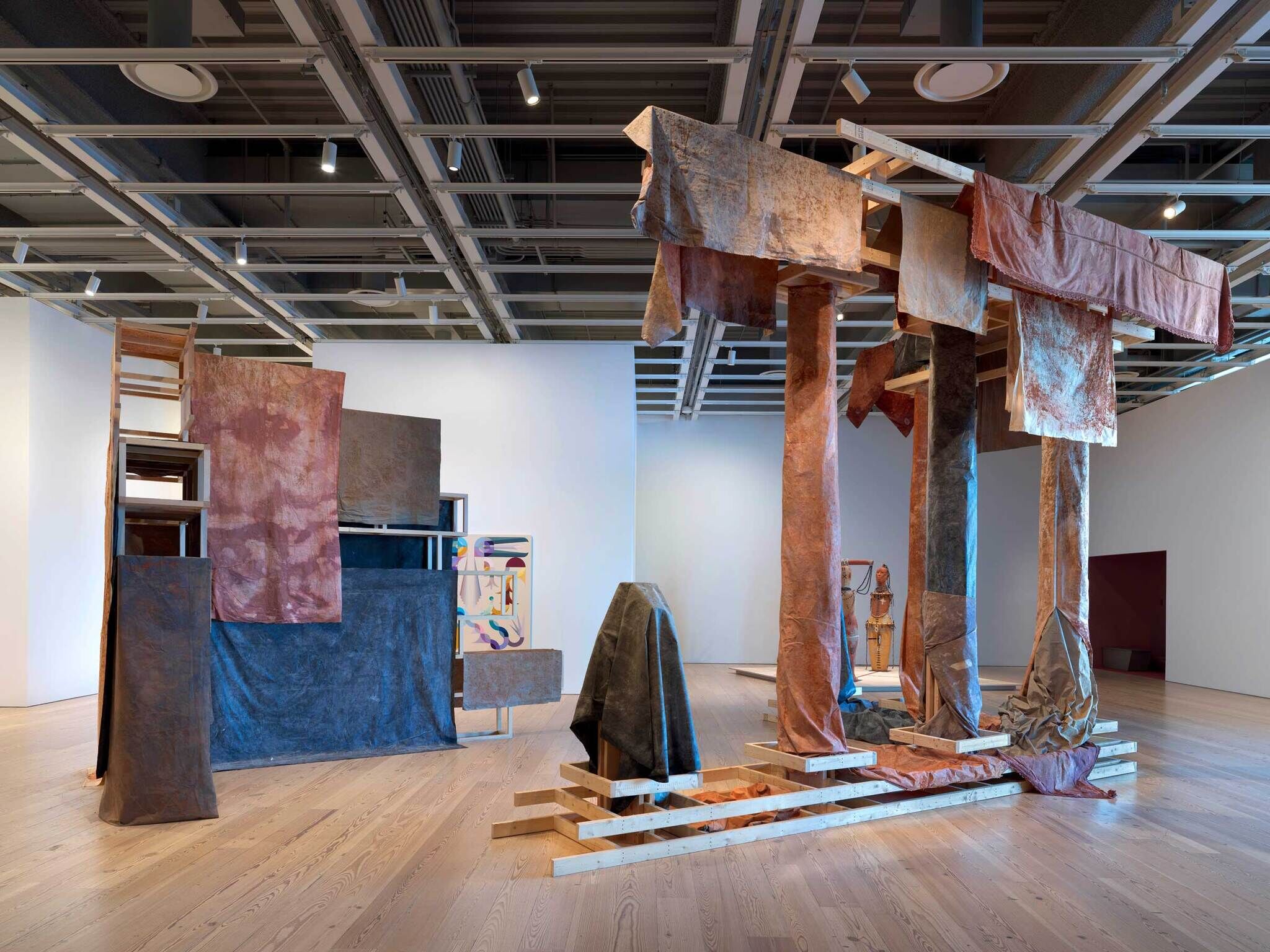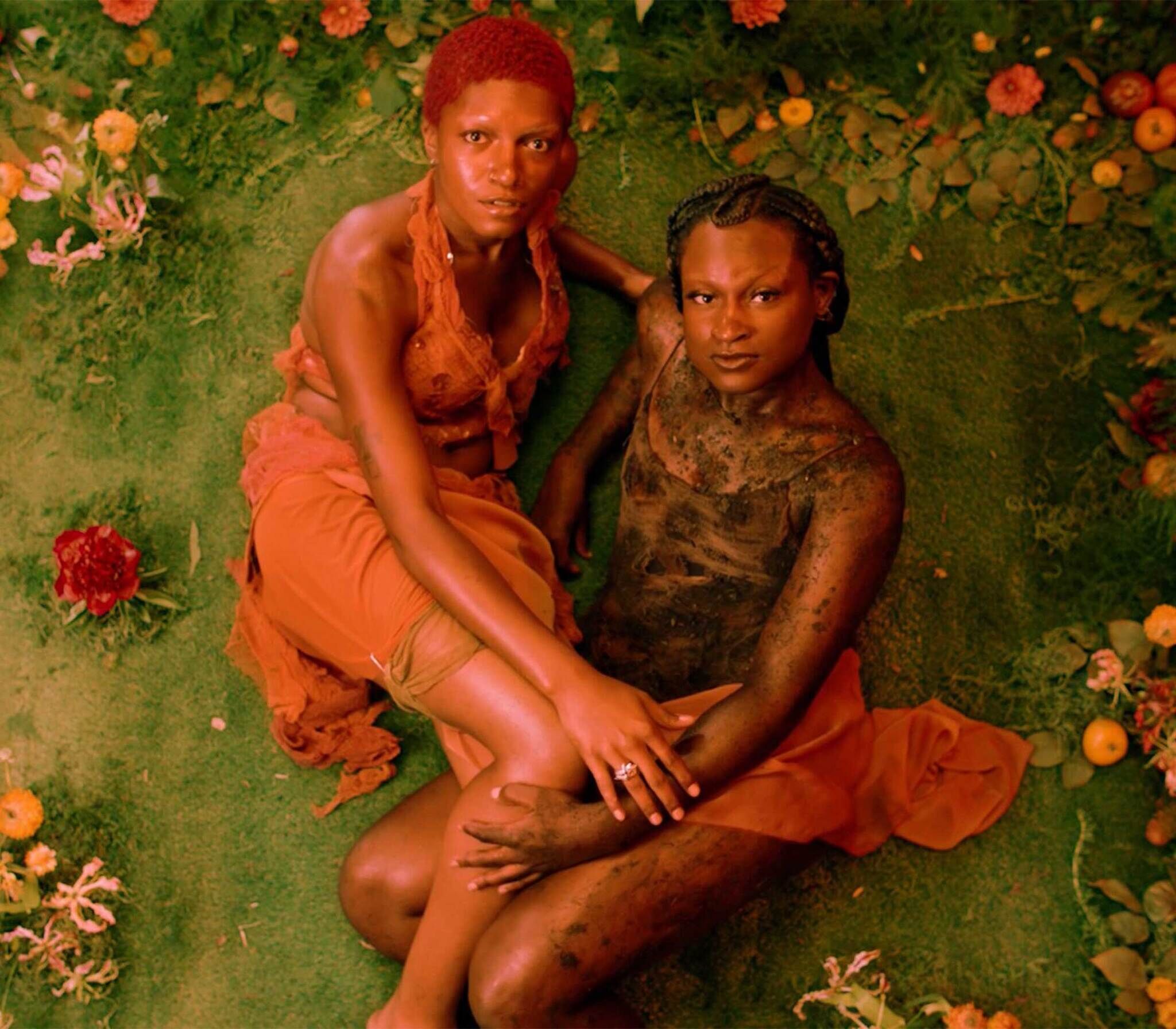Dala Nasser
Dala Nasser is an interdisciplinary artist living and working in Beirut, Lebanon.
Her multi-dimensional works challenge traditional forms of landscape paintings, providing alternate forms of image making. Through site-specificity, the artist combines a materials based practice with historical analysis on the formation of identity narratives. Her work is firmly suited in place, working in tandem with the natural and built environment as a source of investigation. She incorporates the somatics of performance through the processing of natural materials, making inquiries to the ways we remember.
In the installation Adonis River, Nasser makes parallels between the historical legend of Adonis and present day rituals of grief and transformation. In Greek Mythology, Adonis, the mortal lover of Aphrodite, was killed by a wild boar while hunting at Nahr Ibrahim or Abrahim River in modern day Lebanon. The legend speaks to the cyclical patterns of death and rebirth found in nature. The large pieces of fabrics were rubbed and dyed using the iron-oxide clay inside a cave in the Afqa Forest and washed on the banks of the Nahr Ibrahim. Working alongside the seasonal shifts of the location, which are present in the river's mud content, the artist leans into the legend of Adonis’ blood flowing through the river Abrahim, marking the period of mourning. Nasser employs her body and the site as means to evoke rituals of transition considering the messages of nature's decay every winter and rebirth every spring.
Activities
How might we create a landscape that cuts across time?
Nasser used the physical site of a cave located in Lebanon to create the rubbing marks on large pieces of fabric that make up the installation, Adonis River. Invite students to create a series of frottage landscape paintings.
The frottage technique creates a textural effect by rubbing a tool directly onto a substrate. Ask students to consider landscapes that evoke memories of time and place. How might they create paintings using scents, textures and bodily motion in a space?
How can the act of remembrance be a medium in which to further connection
Working through a deep sense of connection to Lebanon, Dala Nasser weaves stories of longing and remembrance. Encourage students to share an experience about when they felt a deep sense of connection to nature using only three sentences. Ask them to consider what the sensorial memory of this experience is and why is it so significant? Next, invite them to consider what a sonic and visual representation of this experience might be. What sounds and visuals could evoke a significant sensorial experience?


